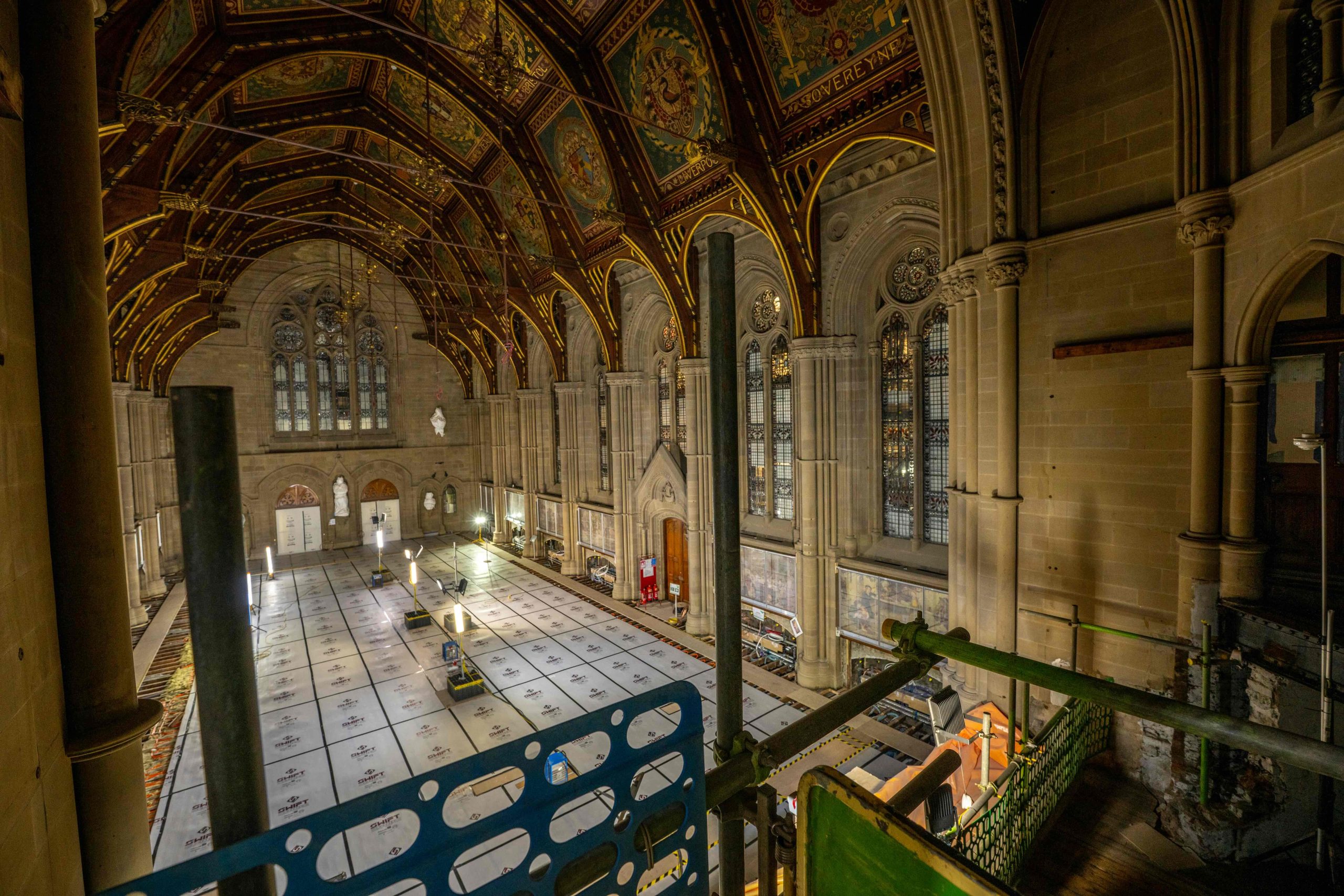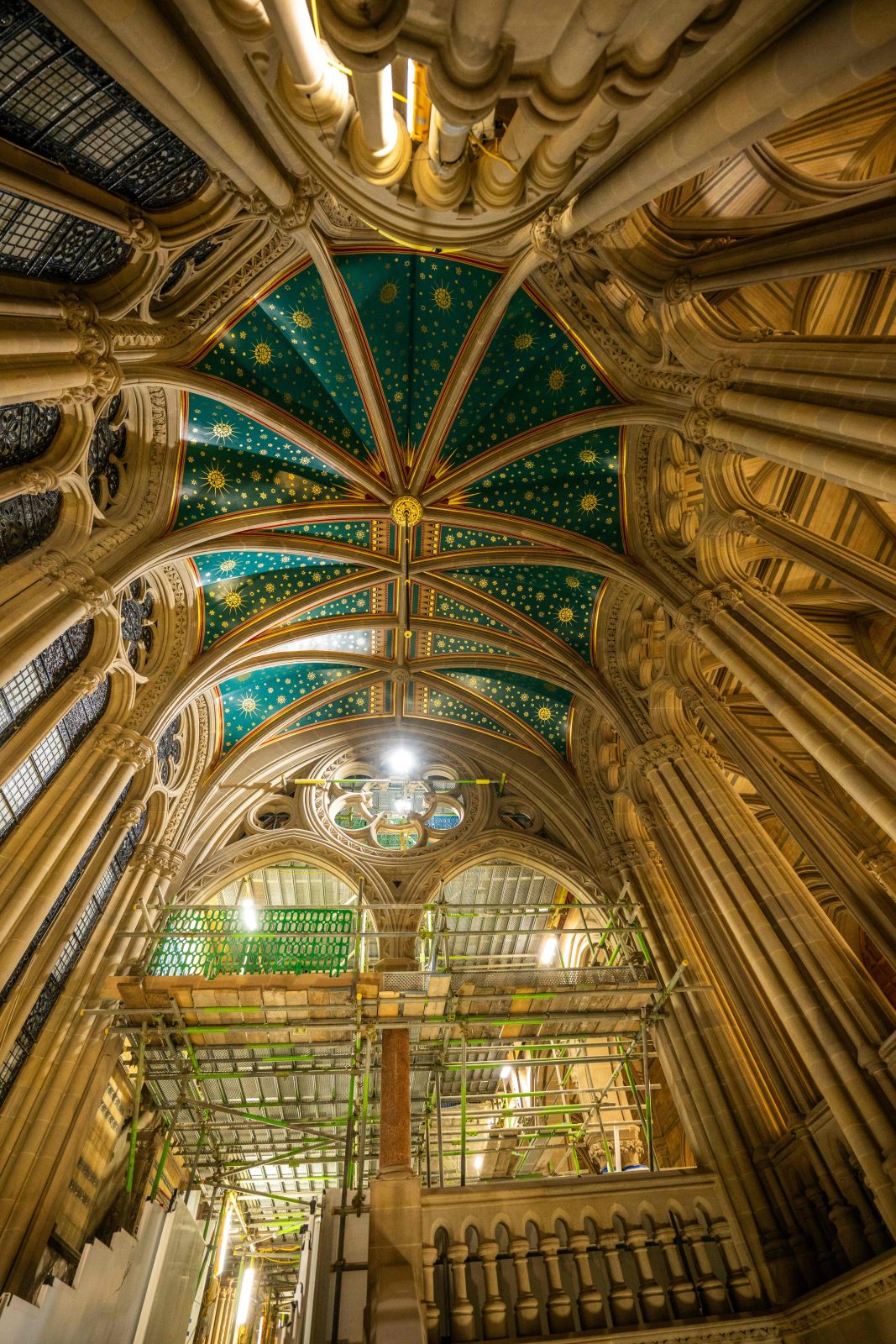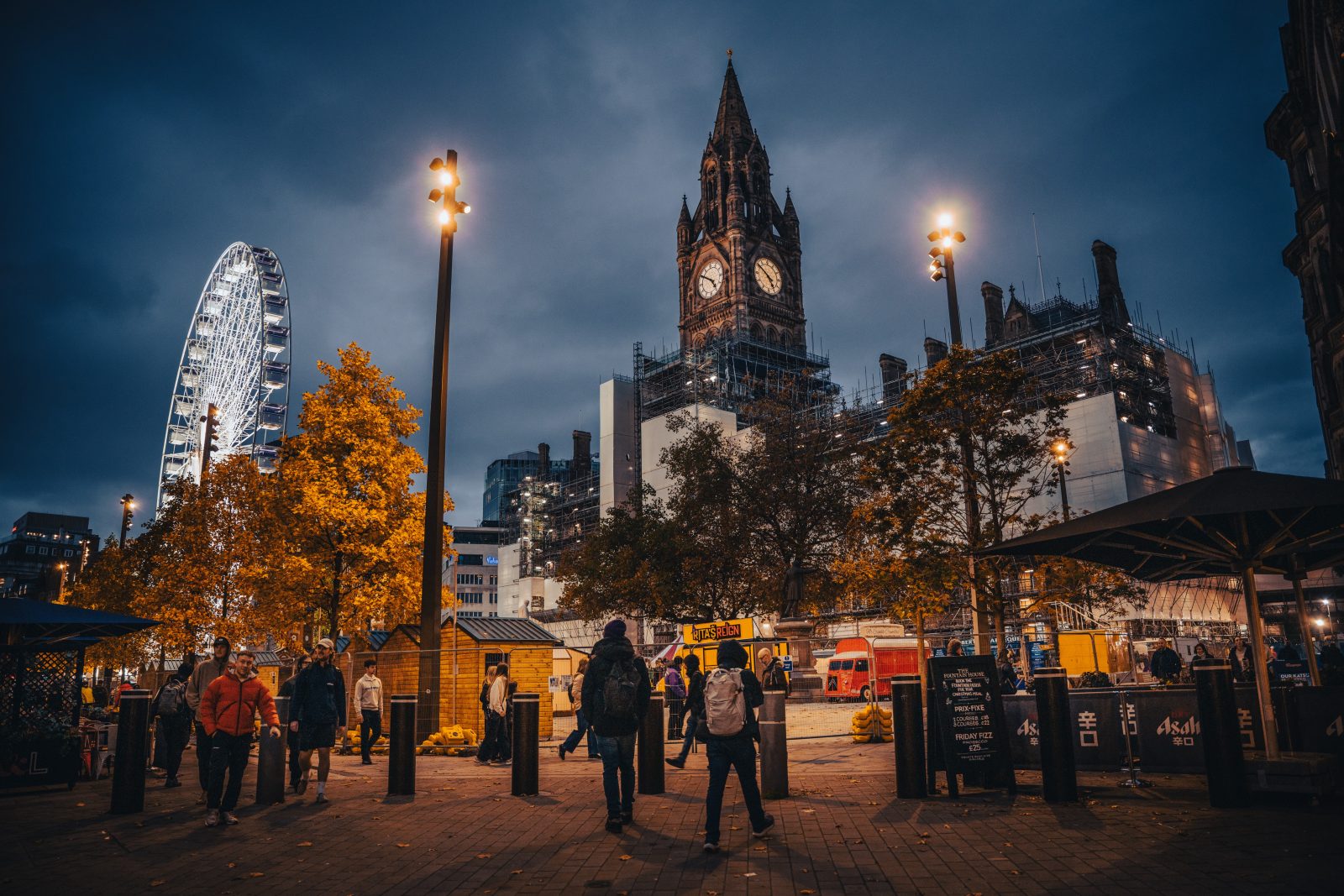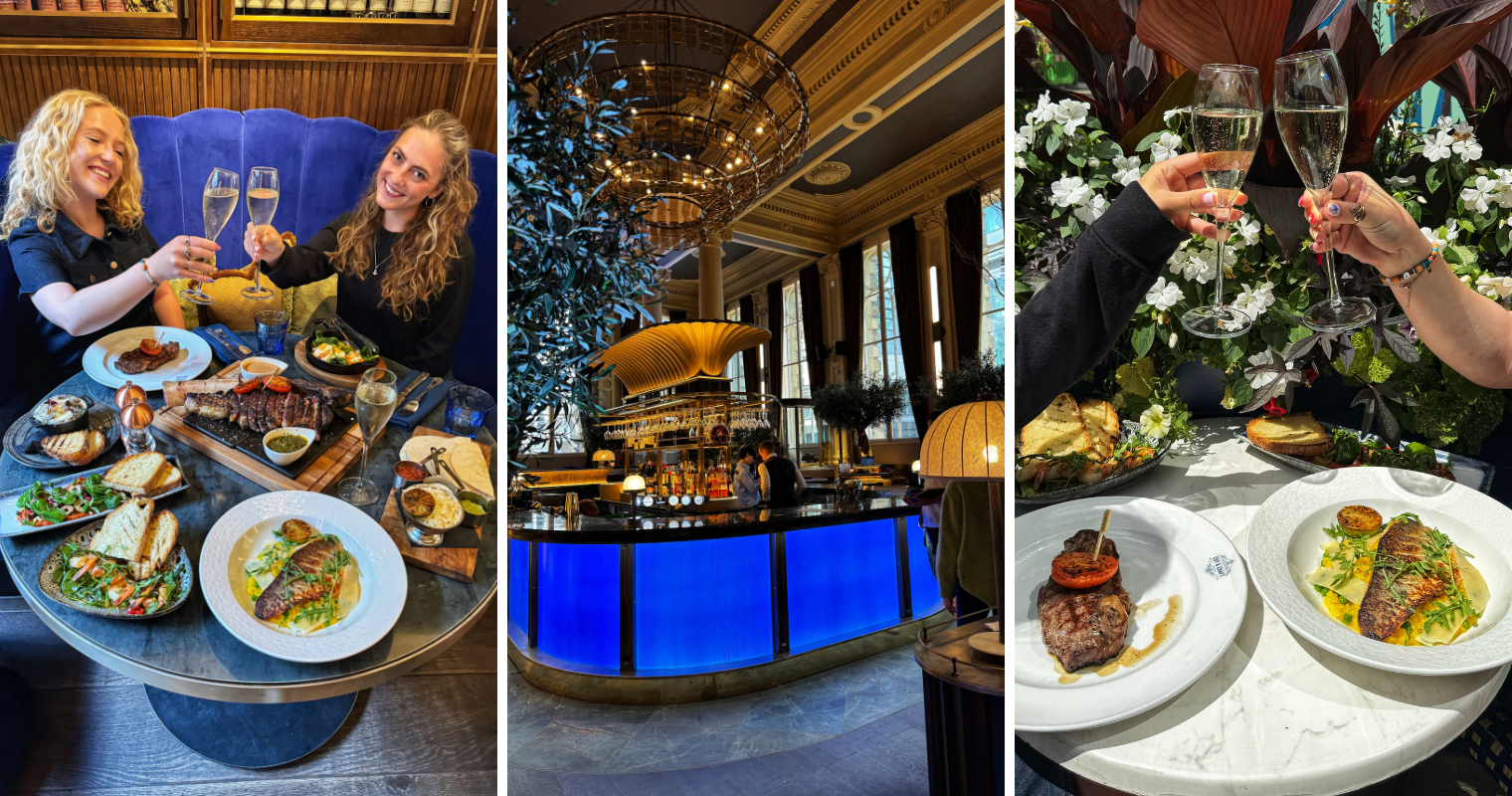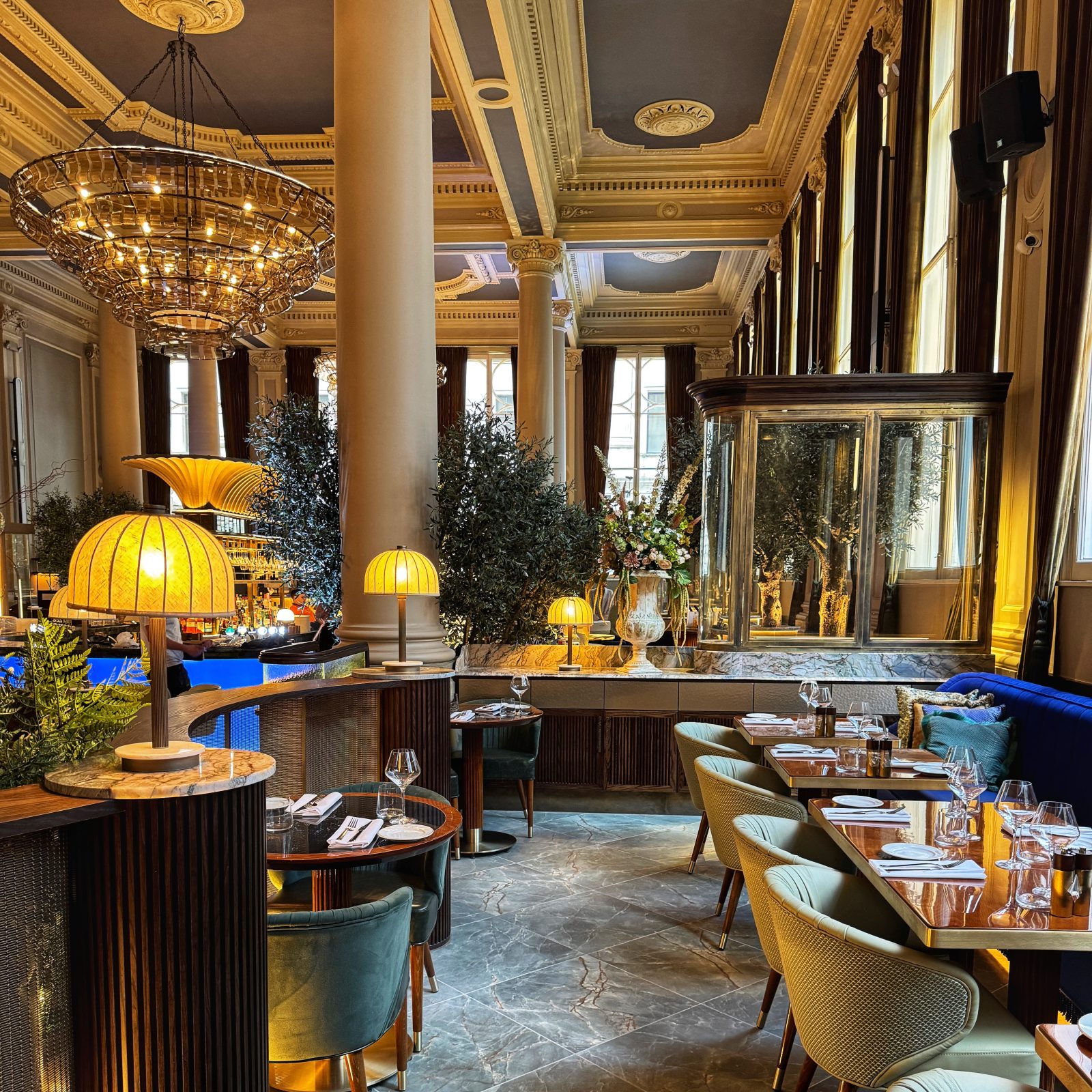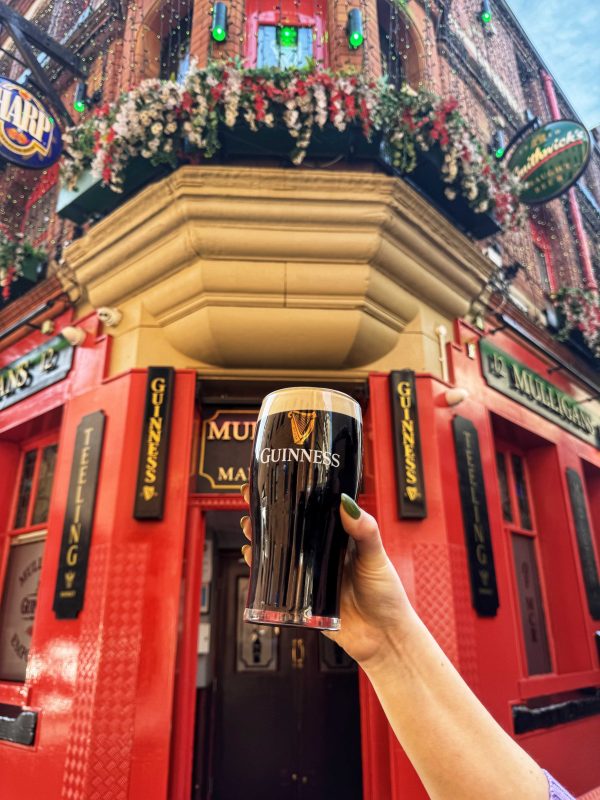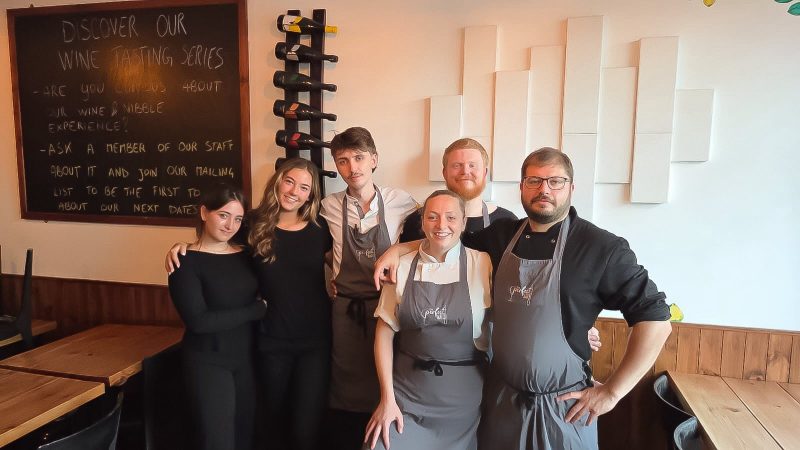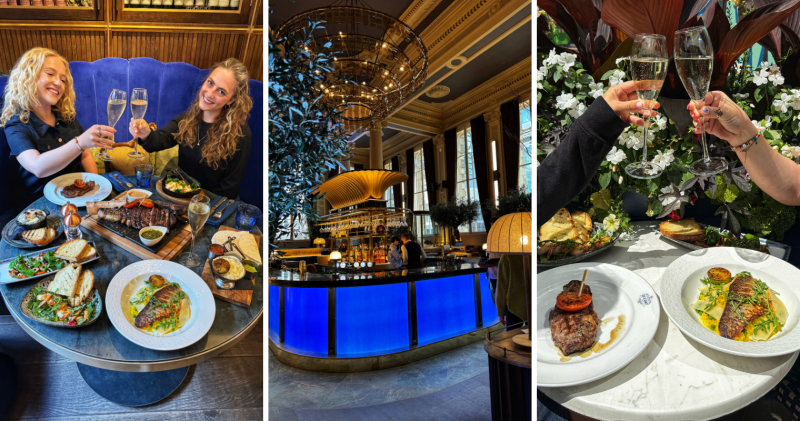Manchester
Manchester United legend Denis Law has died aged 84
Manchester United legend Denis Law has sadly died aged 84, it has been announced.
The Aberdeen-born footballer was a prolific striker throughout his career, scoring 237 goals in 404 appearances for Manchester United – the club he signed for a then-British record transfer fee back 1962, before departing in 1973 – and also playing for Manchester City too for two separate spells during the 1960-61 and 1973-74 seasons.
Law was an integral part of United’s triumphant record-setting 1968 European Cup winning campaign, was the only Scottish player to have won the Ballon d’Or award, in 1964, and also the only man to have two statues dedicated to him at Old Trafford.
But, he previously announced in August 2021 that he had sadly been diagnosed with dementia.
The whole of Manchester, including everyone at City, is mourning with you. Rest in peace, Denis. Our thoughts are with Denis’ family and friends at this difficult time. pic.twitter.com/YuwjMXKgxn
— Manchester City (@ManCity) January 17, 2025
A formal statement confirming Law’s passing by his family was announced by Manchester United this evening: “It is with a heavy heart that we tell you our father Denis Law has sadly passed away. He fought a tough battle but finally he is now at peace.
“We would like to thank everyone who contributed to his wellbeing and care, past and much more recently.
A true great.
— Scotland National Team (@ScotlandNT) January 17, 2025
We will not see his likes again.
Denis Law. 1940-2025. pic.twitter.com/Wk1J0FkJPk
“We know how much people supported and loved him and that love was always appreciated and made the difference. Thank you.”
The club itself added in a statement: “He will always be celebrated as one of the club’s greatest and most beloved players.
Read more:
- Erling Haaland sets another Premier League record with new Manchester City contract
- Trafford FC appoints sports journalist Andy Mitten as new honorary vice president
- The new Match of the Day presenter lineup has been confirmed
“The ultimate goal-scorer, his flair, spirit and love for the game made him the hero of a generation. Our deepest condolences go out to Denis’s family and many friends. His memory will live on forever more.”
Featured Image – Manchester United (via X)

